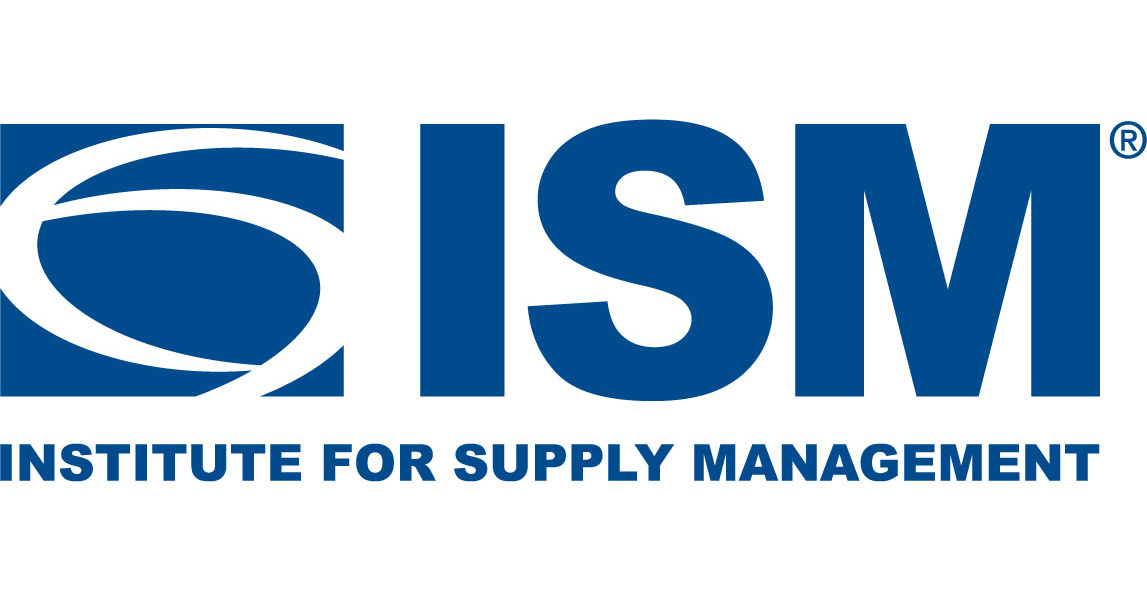Infra
Leaders say North Texas growth demands improvements to energy and water infrastructure

As North Texas grows by leaps and bounds, so will the region’s infrastructure needs. That was a key takeaway at the Dallas Regional Chamber’s State of Infrastructure event on Thursday.
Business and energy leaders, along with local elected officials, met at Eddie Bernice Johnson Union Station in downtown Dallas to talk about the challenges and opportunities of one of the fastest growing metropolitan areas in the country.
“We need to keep up with that growth,” said Dale Petroskey, president and CEO of the Dallas Regional Chamber. “We need infrastructure, we need roads, bridges, water, electricity, broadband, to keep growing and keep prospering. We can’t afford to fall behind.”
Among the topics discussed was the rapidly changing energy industry. In his keynote speech, ERCOT president and CEO Pablo Vegas spoke about the unique role that Texas is playing in the global energy transition from traditional power sources like coal and natural gas to cleaner energy — like wind, solar and battery storage.
“There is a strong desire to electrify the oil and gas industry in Texas and around the world because it’s so much more cost effective to do so rather than running localized diesel-run agents, and it’s also a lot cleaner,” Vegas said.
Pablo Arauz Peña
/
KERA News
Vegas added that the projected energy demand in the state is expected to nearly double in the next five to six years from a peak of 85,000 gigawatts to more than 151,000. He said innovative technologies using artificial intelligence will play an important role in managing the grid.
“We need to optimize every single bit of that infrastructure in order to be able to serve that growth,” Vegas said.
Panelists at the event also highlighted the state’s growing water needs, particularly in the Texas Triangle that includes the state’s major metropolitan regions.
“Texas has always been a high water-risk state,” said Sarah Rountree Schlessinger, CEO of the Texas Water Foundation. “Our history is one of perpetual drought punctuated by disastrous flood.”
Schlessinger said the growing population and demand paired with aging water systems poses a challenge for water providers and customers.
Brooke T. Paup, chairwoman of the Texas Water Development Board, said the state legislature should prioritize the future water supply and aging infrastructure.
“There’s no Texas miracle without Texas water,” Paup said. “Without those flow of funds that are permanent and steady, we have to go back to the legislature every two years to ask for replenishments of those programs… I would rather have certainty.”
Pablo Arauz Peña is KERA’s growth and infrastructure reporter. Got a tip? Email Pablo at parauzpena@kera.org. You can follow him on X @pabloaarauz.
KERA News is made possible through the generosity of our members. If you find this reporting valuable, consider making a tax-deductible gift today. Thank you.










